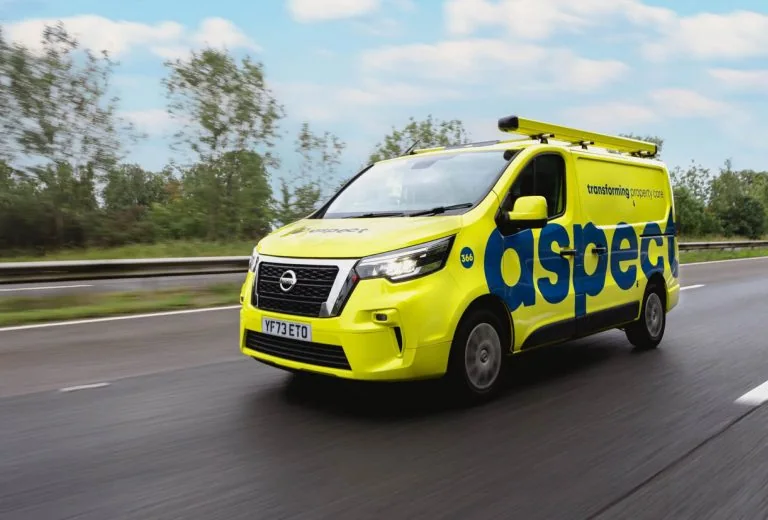Do you need a surge protection device (SPD)?
Hollywood films show solar flares and electromagnetic pulses (EMPs) as world-changing events. They always cause wide-spread carnage, making for a better movie-going experience. While they might appear exaggerated, these threats do exist – just not typically on the ‘doom and gloom’ national level you’ll see in the cinema. Instead, the effects can be much more localised; causing possible damage to your home’s electrical system and the devices you have connected at the time. This is where a surge protection device (SPD) will help.
Before we get into the reasons for consumer unit surge protection, or the SPD requirements, we should first provide a little more background. Unlike what you might find on a power strip, the surge protection devices we’re talking about are installed on the property’s consumer unit, sometimes referred to as a fuse board/box, or sub-distribution boards.

What does an SPD actually do?
It protects your electrical systems in case of ‘transient overvoltage’, sometimes known as a power surge or overload. If lightning strikes nearby, it could cause a rush to your electrical system; damaging fuses, circuits and equipment. The surge protection device absorbs this extra current and then disperses it naturally.
Book a qualified electrician

Our electricians are on call for domestic and commercial work.
- Fixed-price quotes available
- Trade-accredited experts
- Half-hour rates from £42.75 + VAT
- £10 off when you book online
Protecting the UK, and your home
Thankfully, the Institute of Engineering and Technology (IET) understands the risk of overvoltage, and has taken steps to protect people and properties on a national level. Since 2019, the IET Wiring Regulations have advised either fitting an SPD or performing a risk assessment in case:
- Overvoltage could result in serious injury or loss of human life
- There may be an interruption of public services
- It could affect a large number of co-located individuals
- It may cause an interruption of commercial or industrial activity
- There may be damage to cultural heritage, such as records
The March 2022 update makes these statutory or ‘advisory’ regulations more important than ever – now being mandatory for homes and commercial properties. Because of this change, any electrician who visits your property and checks your consumer unit will likely mention the need for an SPD if you don’t have one already. Homeowners aren’t legally bound to follow this advice, but it’s there to help reduce personal risk.
The lack of an SPD will show up in your next electrical installation condition report, with a ‘C2’ error code. This signals the need for urgent remedial work.
Tip: Regulation changes mean every consumer unit should now include a surge protection device. Owners of metal 17th Edition units can ask an electrician to retrofit an SPD, but newer 18th Edition consumer units have an SPD built-in. Whether you’d like to add an SPD to the existing system or replace the whole consumer unit, a trusted electrician can advise on the best, and safest, choice for your property.
SPDs and today’s technology
Would you love to add cutting-edge tech to your home? If so, consider this first: the IET says that ground source heat pumps, washing machines with speed control, and EV car chargers increase the risk of overvoltage. Each serves as a major investment, so adding a surge protector is a great way to reduce risk and satisfy your insurance company.
Tip: Watch out for any updated terms and conditions sent over by your insurance provider – they might not cover your property without an SPD.
Your home’s electrical installation and equipment are worth protecting. Companies also need to defend against a loss of services and or damage, otherwise their revenue could suffer. Think of it this way; homeowners would want a surge protection device for appliance and family protection, while commercially, it safeguards against computer damage and data loss.
A modern consumer unit with an SPD provides a number of opportunities
It’s hard to get excited about consumer units, but a new installation can mean good things for your home. Remember that alarms, white goods, home automation, heating systems, security devices, and EV chargers should all have their own circuits to function – taking up valuable capacity on your consumer unit. A large, modern unit from a competent installer ensures you have enough space to add new circuits when you need them.
Surge protection devices and consumer units are closely linked. They work together to keep your property, and the equipment inside, as safe as possible.
Below, you’ll find a rundown of the benefits you can expect from an SPD:
- The installation process usually takes just a couple of hours
- You won’t need an EICR before having an SPD fitted
- A surge protection device protects your expensive equipment
- SPDs can be retrofitted into metal, non-combustible consumer units
- An SPD will absorb any additional current to prevent an overload
- Some insurance companies only pay out if you have an SPD installed
- SPDs allow you to install car chargers with more with peace of mind
Our expert electricians fit surge protection devices that comply with the latest edition of the wiring regulations. We can answer every question you have about SPDs, and happily quote for domestic and commercial work.
Areas we cover

As a guide, we offer a comprehensive range of electrical services throughout Greater London and the Home Counties. Our service area includes Berkshire, Buckinghamshire, Essex, Hertfordshire, Kent, and Surrey.
If you need an electrician outside of this coverage area, we may still be able to help. Our team will check availability and see if an expert can be scheduled for your location.
Call or submit a callback request, and a member of our team will be in touch with you.
Was this article helpful?
Think we could improve this article? Please let us know